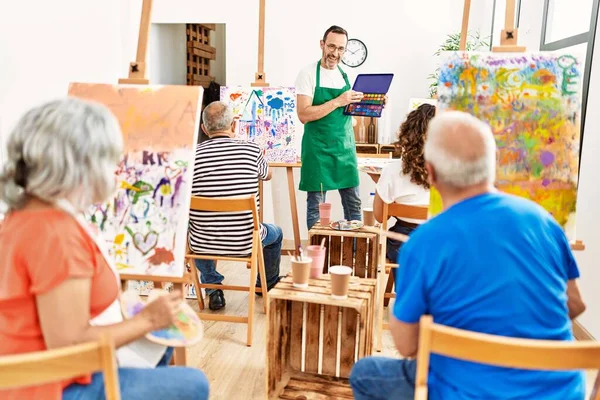Find Out About Local Short-Term Arts Courses

Find Out About Local Short-Term Arts Courses
In our busy mid-life years, finding time for creative pursuits can seem like a luxury. Yet for adults in their 40s and 50s, engaging with the arts offers more than just a pleasant diversion—it provides vital mental stimulation, social connection, and a much-needed counterbalance to career and family responsibilities. Short-term arts courses are the perfect solution for those of us who want to explore our creativity without committing to lengthy programs.
Why Short-Term Arts Courses Are Perfect for Middle-Aged Adults
The demands of career advancement, family responsibilities, and possibly caring for aging parents make time a precious commodity for those in their 40s and 50s. Short-term arts courses offer several advantages:
-
Manageable time commitment: Courses ranging from one-day workshops to 8-10 week programs fit more easily into busy schedules
-
Opportunity to try new things: Sample different art forms without long-term commitment
-
Mental health benefits: Creative pursuits provide stress relief and cognitive stimulation
-
Social connections: Meet like-minded individuals in your community
-
Skill development: Learn new techniques that can be practiced at home
Research has shown that arts participation offers neuroprotective benefits that may help shield us from diseases like Alzheimer’s .1. Beyond the health benefits, these courses provide a space for self-expression and personal growth at a life stage when many of us are reassessing our priorities and interests.

Types of Short-Term Arts Courses to Consider

Visual Arts
Visual arts courses are among the most widely available and accessible options for beginners:
-
Drawing fundamentals: Learn observation skills, proportions, and shading techniques
-
Watercolor painting: Explore color theory and techniques specific to this portable medium
-
Oil or acrylic painting: Develop skills in color mixing and composition
-
Mixed media: Combine different materials for creative expression
-
Urban sketching: Capture the world around you through on-location drawing
Many visual arts programs offer short workshops focused on specific techniques. For example, you might find a three-hour session on portrait drawing or a weekend workshop on landscape painting. These concentrated formats allow you to build skills incrementally without overwhelming your schedule.
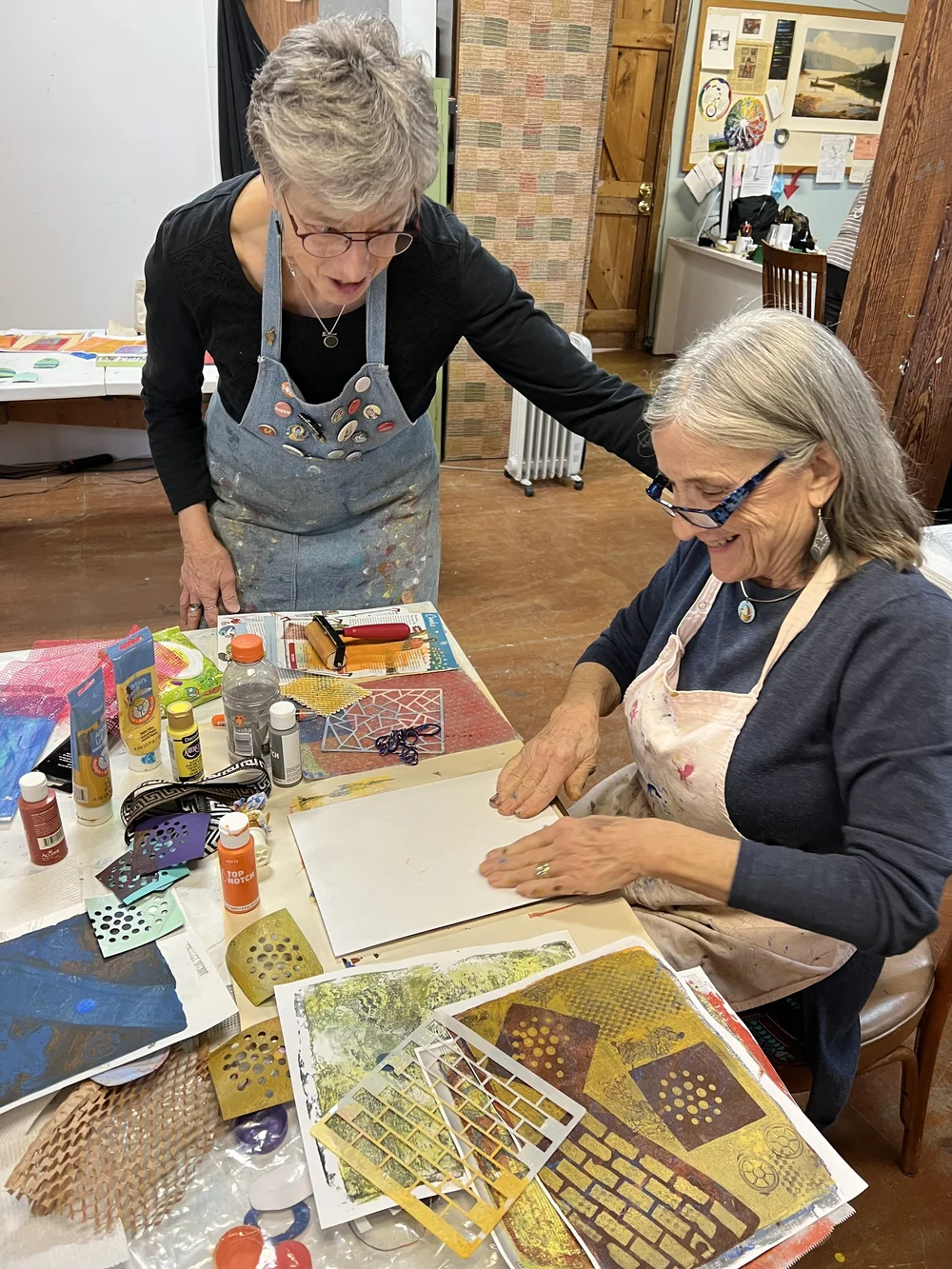
Performing Arts
If you’ve always harbored dreams of being on stage, mid-life is a perfect time to explore performing arts:
-
Community theater: Many local theaters offer short-term acting workshops
-
Voice lessons: Develop your singing abilities through group or private instruction
-
Instrumental music: Learn to play that instrument you’ve always been curious about
-
Dance classes: From ballroom to contemporary, dance offers physical and mental benefits
-
Improvisation: Build confidence and spontaneity through improv theater techniques
Community theater groups often welcome newcomers and may offer introductory workshops .1. Acting and improvisation classes can also build valuable communication skills that transfer to professional settings.
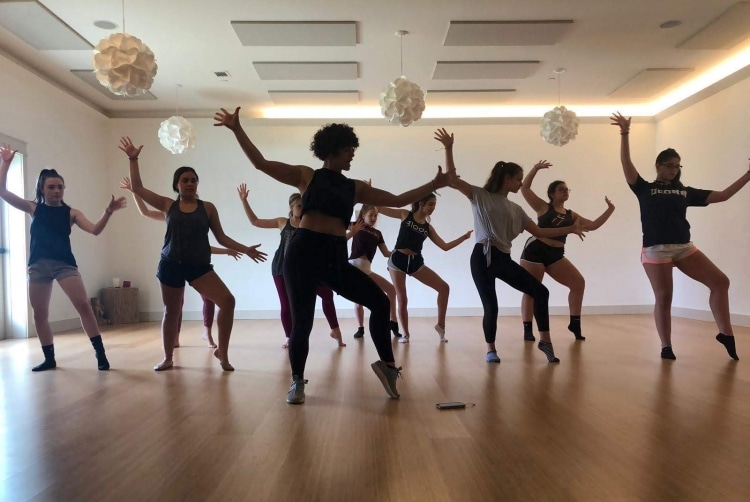
Crafts and Applied Arts
Crafting combines creativity with the satisfaction of producing functional items:
-
Ceramics: Create pottery through hand-building or wheel-throwing techniques
-
Textile arts: Explore weaving, knitting, or fabric printing
-
Woodworking: Learn to create functional or decorative wooden objects
-
Jewelry making: Design and create wearable art
-
Photography: Develop your eye for composition and learn technical skills
Many community art centers offer “taster” workshops in these disciplines, allowing you to explore different crafts before investing in equipment or longer courses.

Where to Find Short-Term Arts Courses

Community Art Centers
Local art centers are treasure troves of creative learning opportunities. These nonprofit organizations typically offer a range of courses at reasonable prices, with professional artists as instructors. Many provide all necessary materials, making it easy to try something new without a significant investment.
Look for centers that offer flexible scheduling options, including evening and weekend classes to accommodate working professionals. Some may also provide discounts for first-time students or package deals for multiple workshops.
Community Colleges
Community colleges often have robust continuing education departments with arts courses designed specifically for adult learners. These institutions typically offer:
-
Professional facilities and equipment
-
Credentialed instructors
-
Structured curriculum with clear learning objectives
-
Affordable tuition rates
-
Convenient evening and weekend scheduling
Many community colleges offer both credit and non-credit options, allowing you to choose the level of commitment that works for your lifestyle .4.
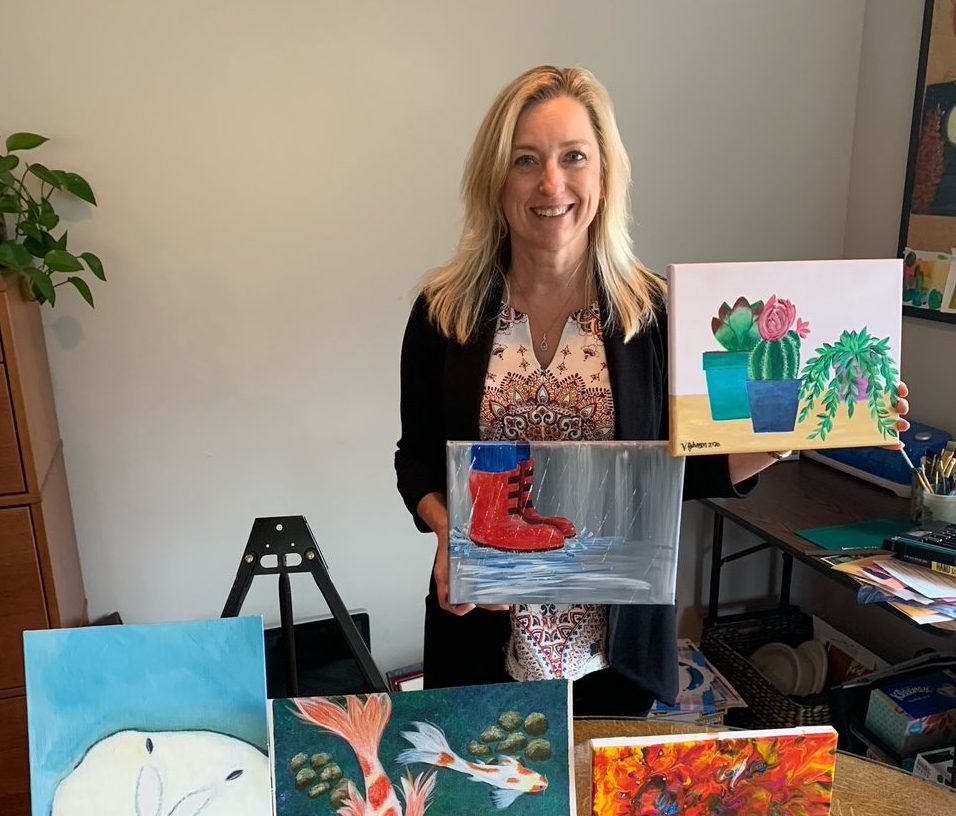
Museums and Cultural Institutions
Local museums frequently offer workshops related to their collections or special exhibitions. These courses may provide unique opportunities to:
-
Learn about specific artistic traditions
-
Study with visiting artists
-
Gain behind-the-scenes access to collections
-
Connect with others who share your cultural interests
Check museum websites or sign up for their email newsletters to stay informed about upcoming educational programs.
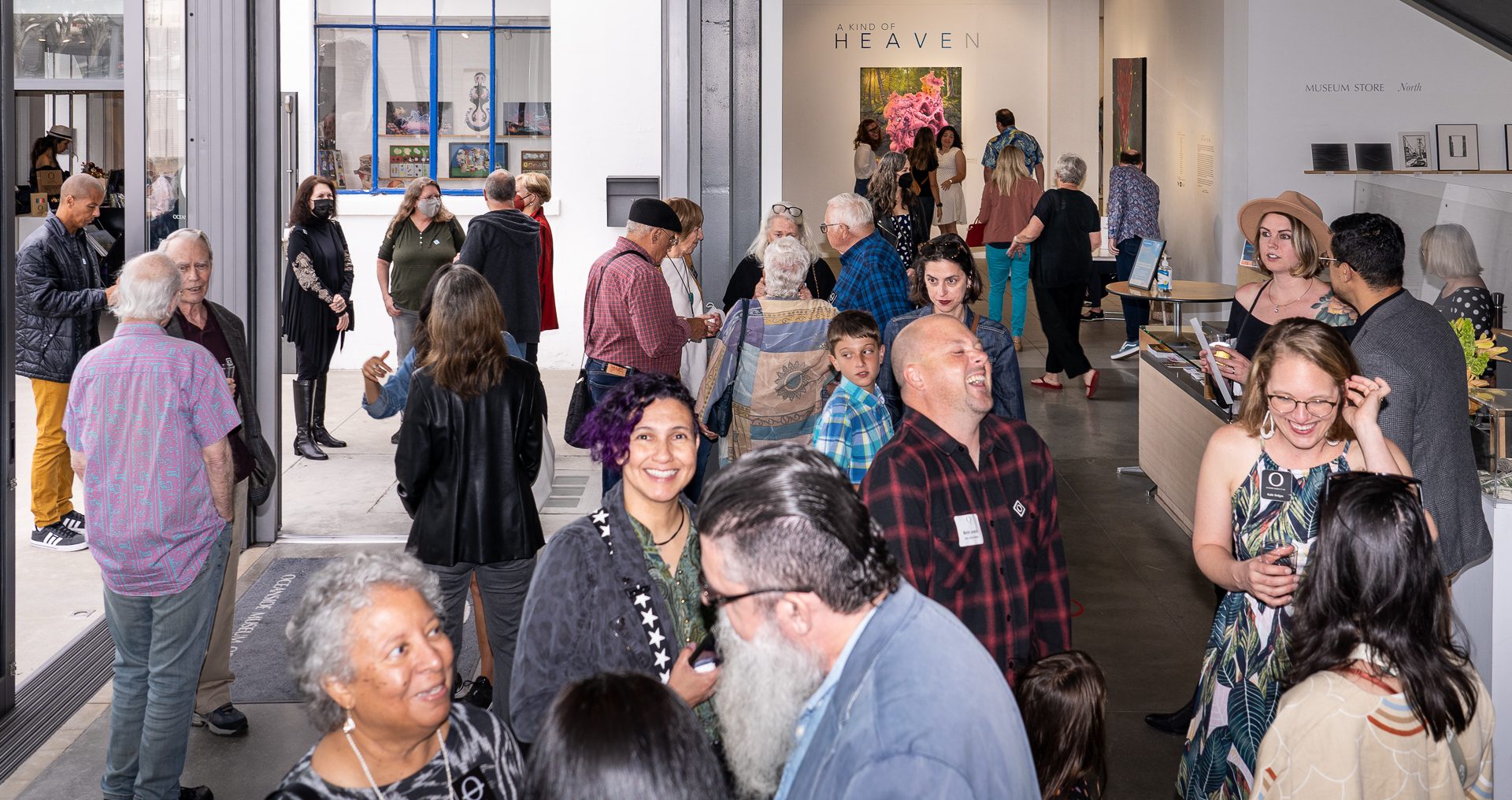
Private Studios and Schools
Many professional artists and craftspeople operate teaching studios that offer short-term workshops. These settings often provide:
-
Small class sizes with personalized attention
-
Specialized equipment and materials
-
Instruction from practicing professionals
-
Immersive learning environments
While private studios may charge more than community centers, they often offer unique experiences and access to professional-grade facilities.
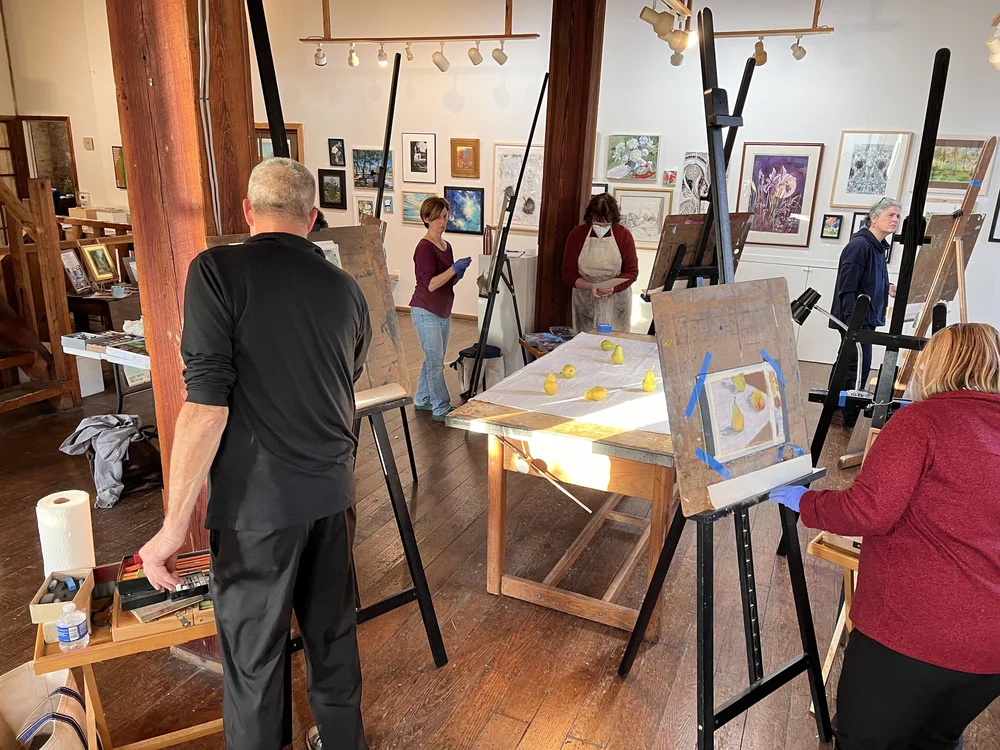
Online Resources for Finding Local Classes
To discover arts courses in your area, try these resources:
-
Local arts council websites and newsletters
-
Community bulletin boards (physical and online)
-
Social media groups focused on local activities
-
Municipal recreation department catalogs
-
Library event calendars
Many cities now have dedicated websites that aggregate information about cultural events and educational opportunities.

What to Look for in a Quality Arts Course
Not all arts courses are created equal. When evaluating options, consider these factors:

Qualified Instructors
The best courses are taught by professional teaching artists who have both technical expertise and teaching experience .2. Look for instructors who:
-
Are practicing artists with portfolios of their own work
-
Have experience teaching adult learners
-
Can articulate clear learning objectives
-
Provide demonstrations and individualized feedback
Many course descriptions include instructor biographies—take time to read these and even look up the instructor’s work online if possible.

Appropriate Class Size
Small class sizes allow for more personalized instruction. For hands-on arts courses, look for:
-
Visual arts classes with no more than 12-15 students
-
Performing arts workshops with space for individual attention
-
Craft classes with adequate workspace and equipment for each participant
If class size isn’t specified in the course description, don’t hesitate to ask before registering.
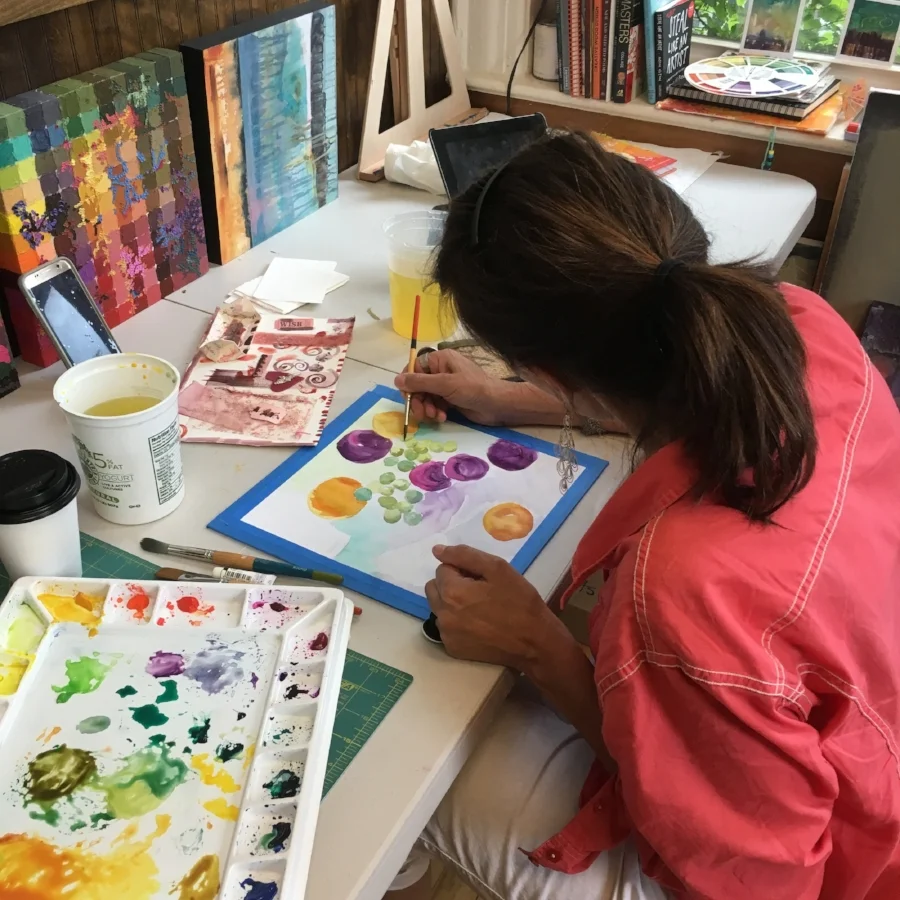
Clear Course Structure
Effective short-term courses have well-defined structures that make the most of limited time. Look for descriptions that outline:
-
Specific skills or techniques that will be covered
-
A logical progression of learning activities
-
Clear expectations for participation
-
Information about materials and prerequisites
Courses that build sequentially from week to week tend to be more effective than those that treat each session as a standalone experience .10.

Culminating Experience
Many successful arts programs conclude with some form of sharing or exhibition .10. This might be:
-
An informal gallery walk of student work
-
A reading or performance for friends and family
-
A digital showcase of projects
-
A community exhibition
These culminating events provide motivation and a sense of accomplishment.

Making the Most of Your Arts Course Experience

Prepare Mentally
Approach your arts course with an open mindset:
-
Embrace the beginner’s perspective, even if you have some experience
-
Focus on the process rather than the product
-
Be willing to make mistakes and learn from them
-
Leave perfectionism at the door
Remember that creative growth often comes from experimentation and even “failure.”
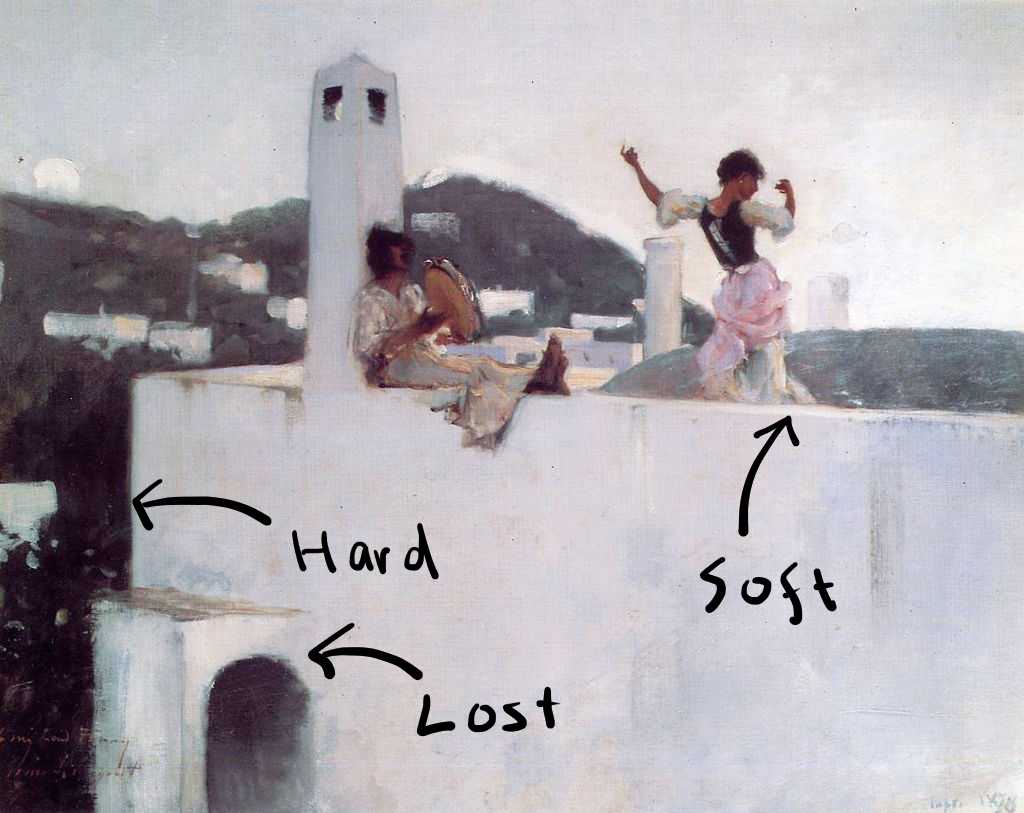
Connect with Fellow Participants
Arts courses offer valuable opportunities for social connection:
-
Introduce yourself to classmates and share your interests
-
Participate in group discussions and critiques
-
Consider organizing informal gatherings outside of class time
-
Exchange contact information to stay connected after the course ends
These connections can develop into lasting friendships and creative partnerships.

Continue Your Practice
To maintain and build on what you’ve learned:
-
Set aside regular time for practice between sessions
-
Create a dedicated space at home for your art form
-
Join online communities related to your creative interests
-
Consider forming or joining a practice group with classmates
Even 15-30 minutes of regular practice can help solidify new skills.

Overcoming Common Barriers

“I’m Not Talented Enough”
Many adults hesitate to take arts courses because they doubt their natural ability. Remember:
-
Artistic skill comes primarily from practice, not innate talent
-
Adult learners often progress quickly due to life experience and motivation
-
Everyone starts somewhere—even accomplished artists were once beginners
-
The goal is personal growth and enjoyment, not professional-level mastery
The most important qualification for an arts course is curiosity and willingness to learn.
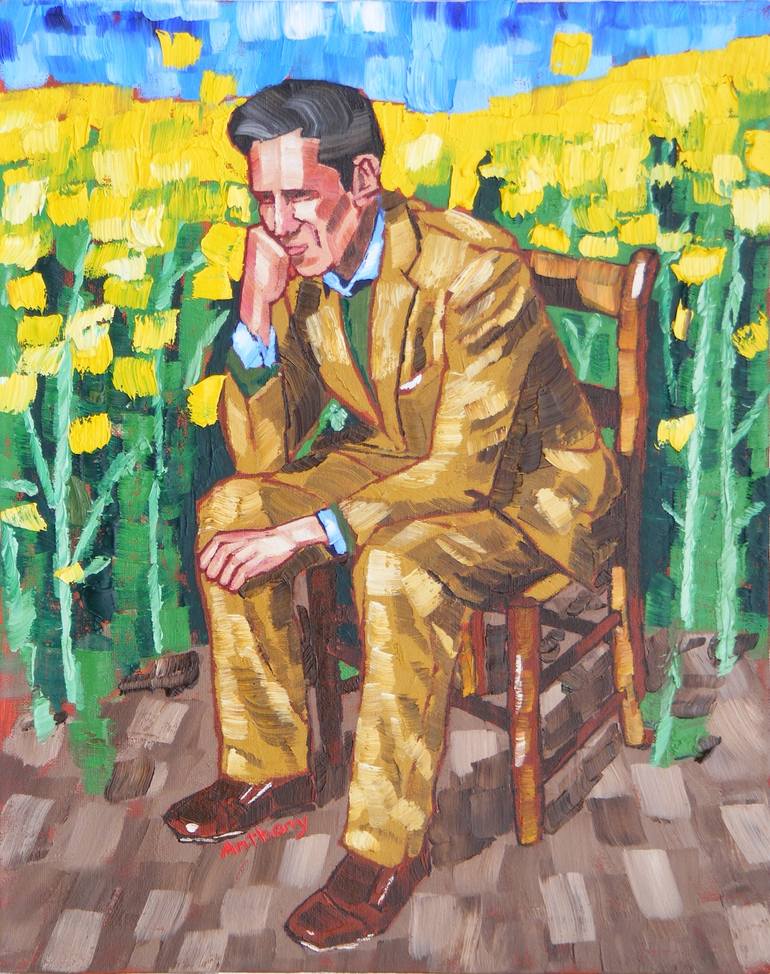
“I Don’t Have Time”
Time constraints are real, but consider:
-
Short-term courses require limited commitment
-
Creative activities can replace less fulfilling leisure time (like scrolling social media)
-
Arts practice can be integrated into family activities
-
Even busy professionals benefit from scheduled creative time
Many arts centers now offer flexible formats specifically designed for busy adults, including weekend intensives and drop-in sessions.

“It’s Too Expensive”
While some specialized workshops can be costly, affordable options exist:
-
Community centers often offer subsidized classes
-
Many programs provide materials as part of the fee
-
Senior discounts may be available for those over 50
-
Some organizations offer payment plans or scholarships
-
Consider the value of the experience relative to other forms of entertainment
If cost is a concern, contact the organization directly to ask about financial assistance options.
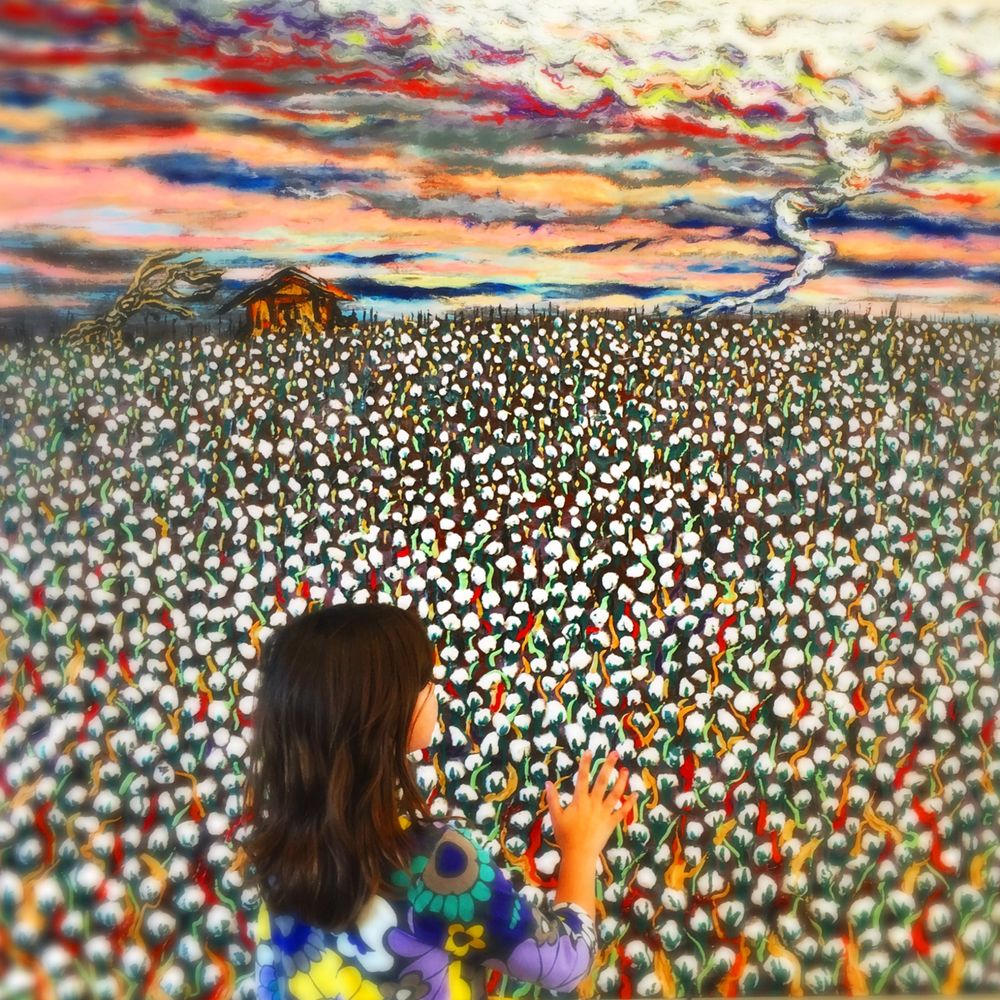
The Lasting Impact of Creative Engagement
Engaging with the arts in midlife can have profound and lasting effects. Participants in arts programs report:
-
Increased confidence and self-efficacy
-
Enhanced problem-solving abilities
-
Greater resilience in facing life challenges
-
Expanded social networks
-
A stronger sense of purpose and meaning
These benefits extend far beyond the classroom, enriching all aspects of life during this pivotal stage.
As we navigate the complexities of middle age, creative expression offers a powerful tool for growth, connection, and renewal. Short-term arts courses provide an accessible entry point to this transformative experience. Whether you’re revisiting a childhood passion or exploring an entirely new art form, the journey begins with a single step—finding and enrolling in that first class.
Take the plunge. Your creative self is waiting to be discovered.
